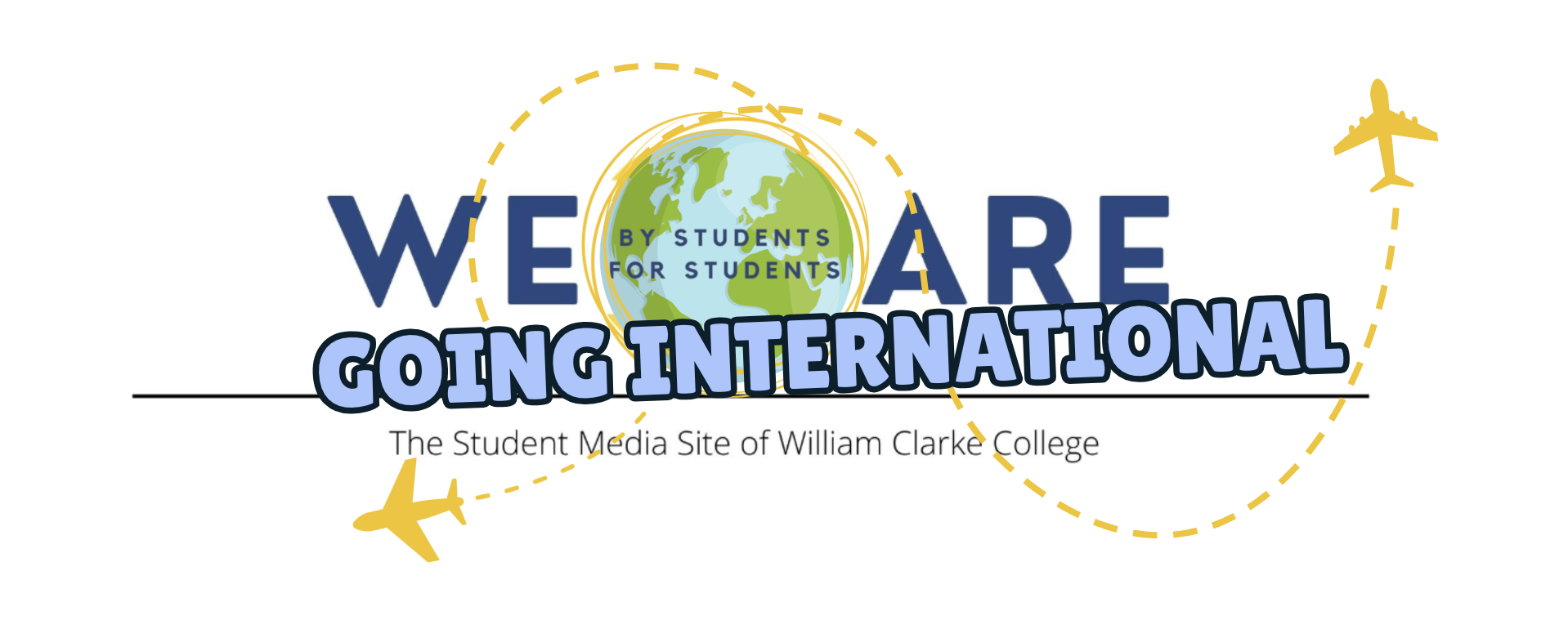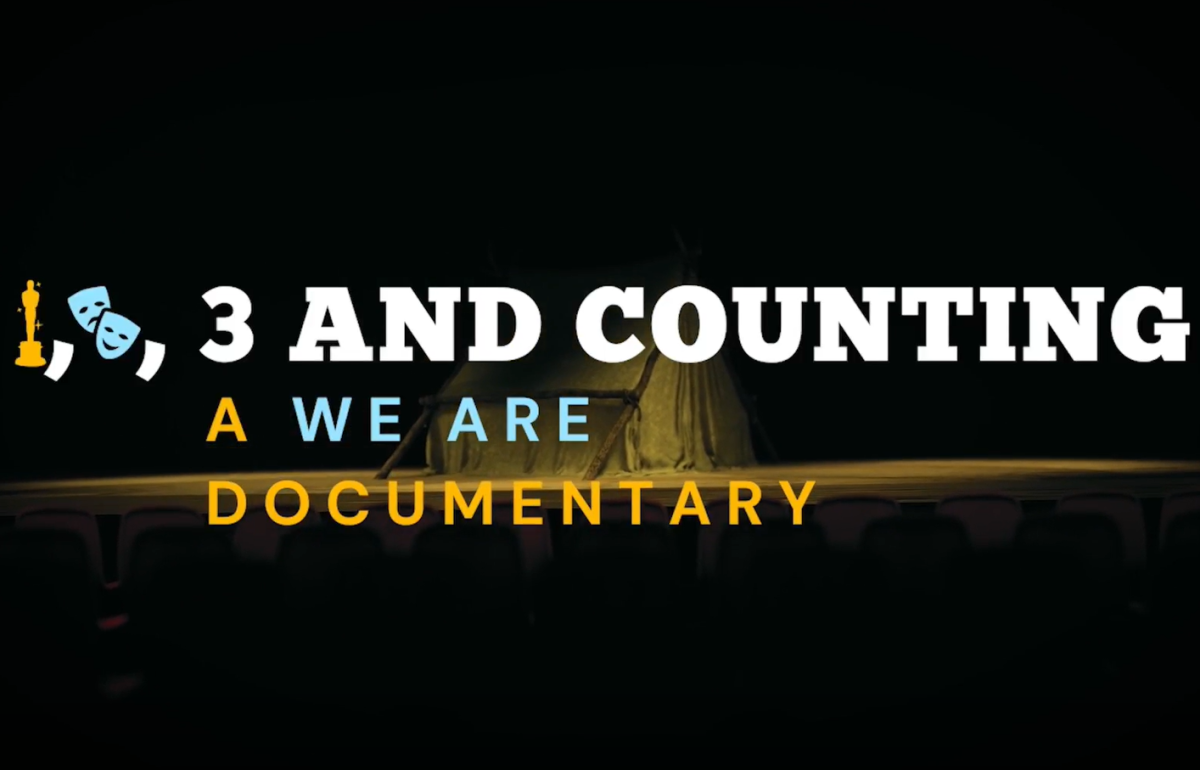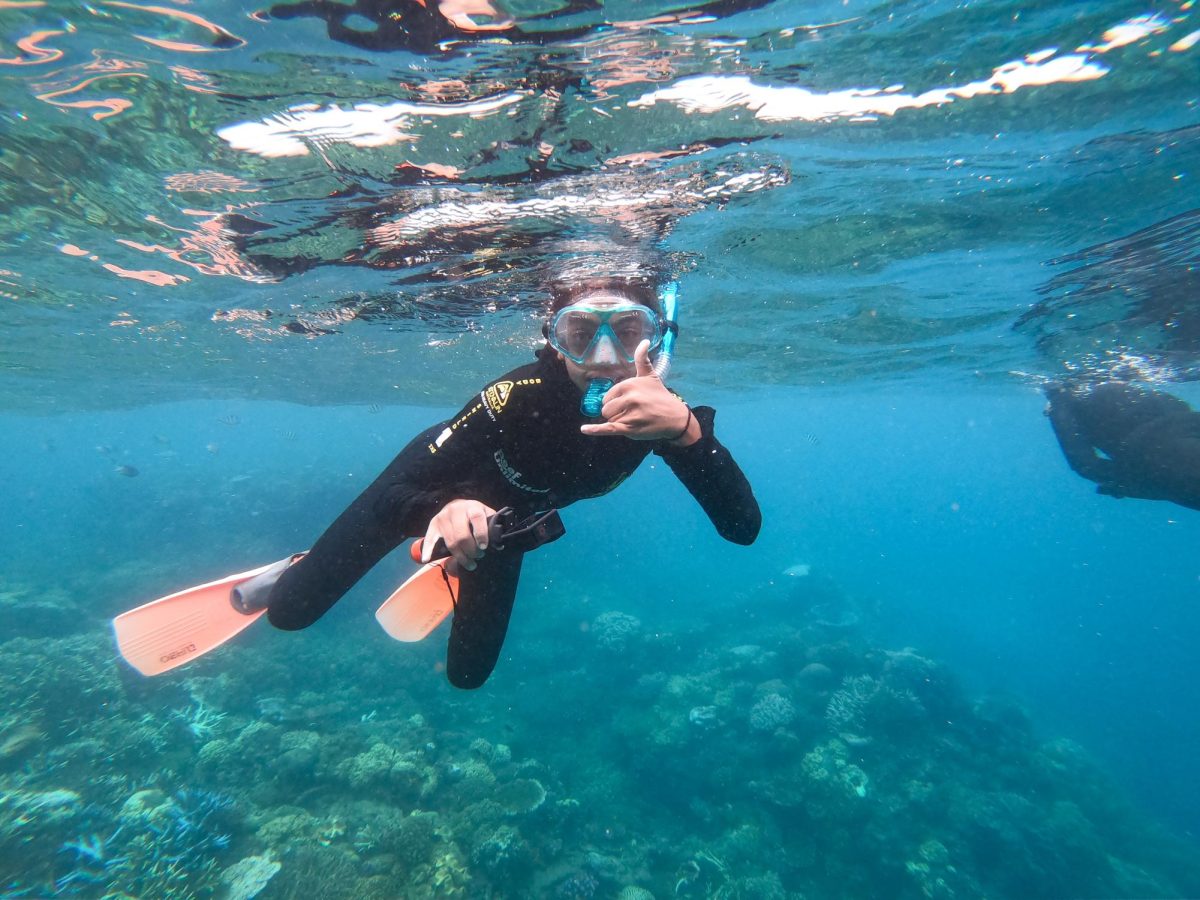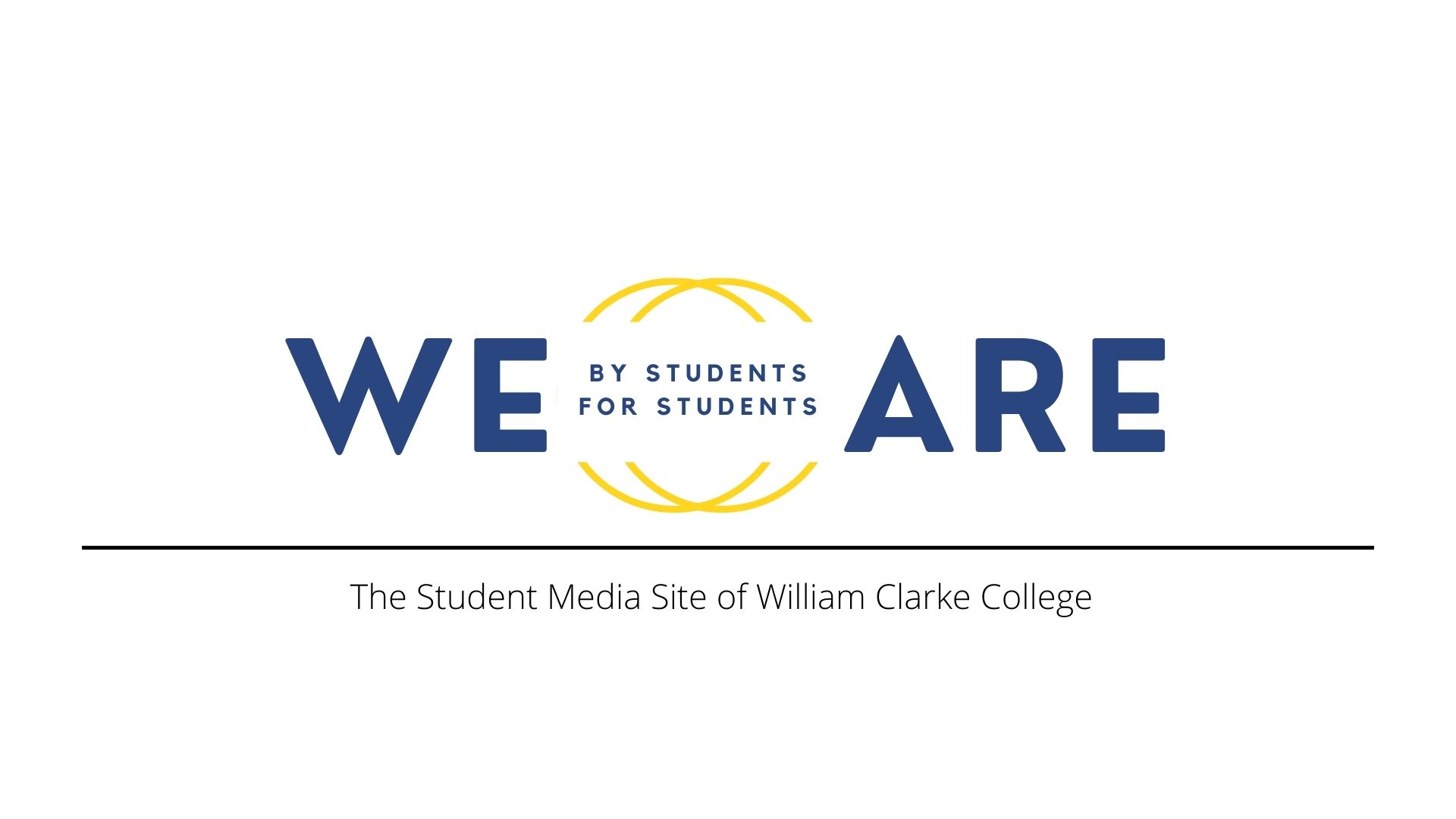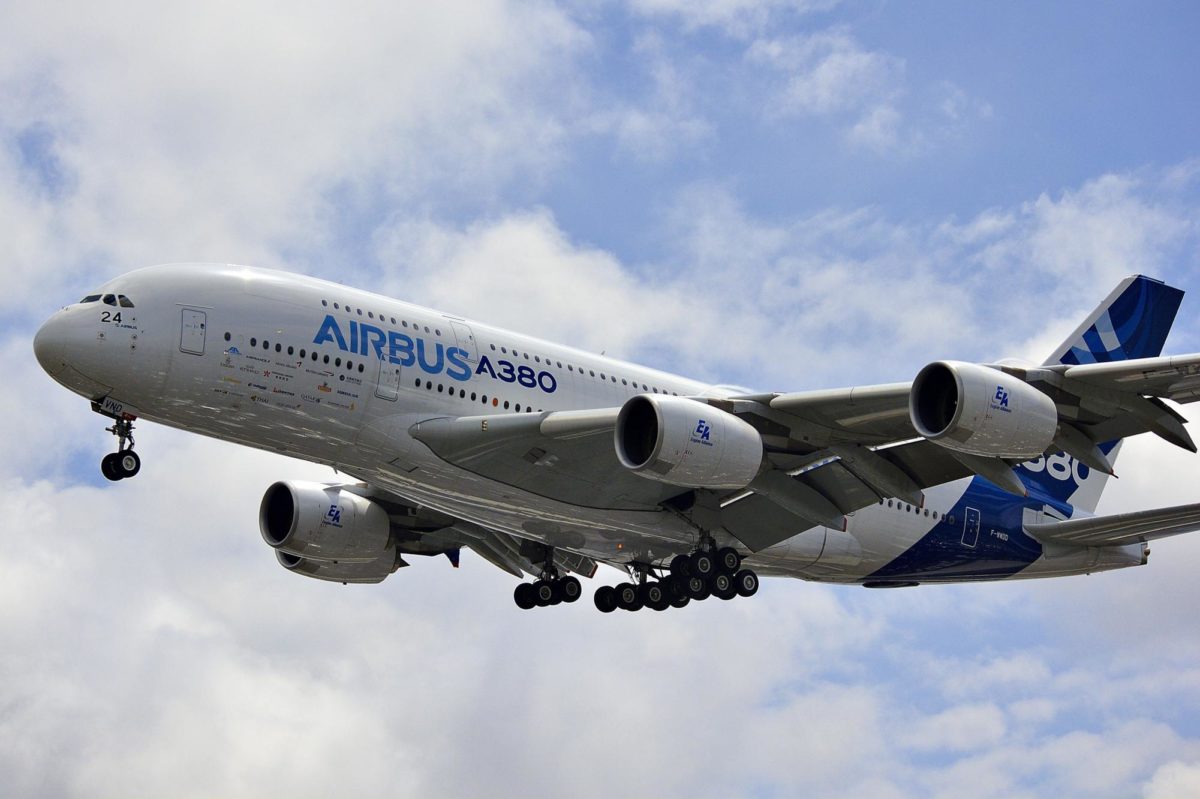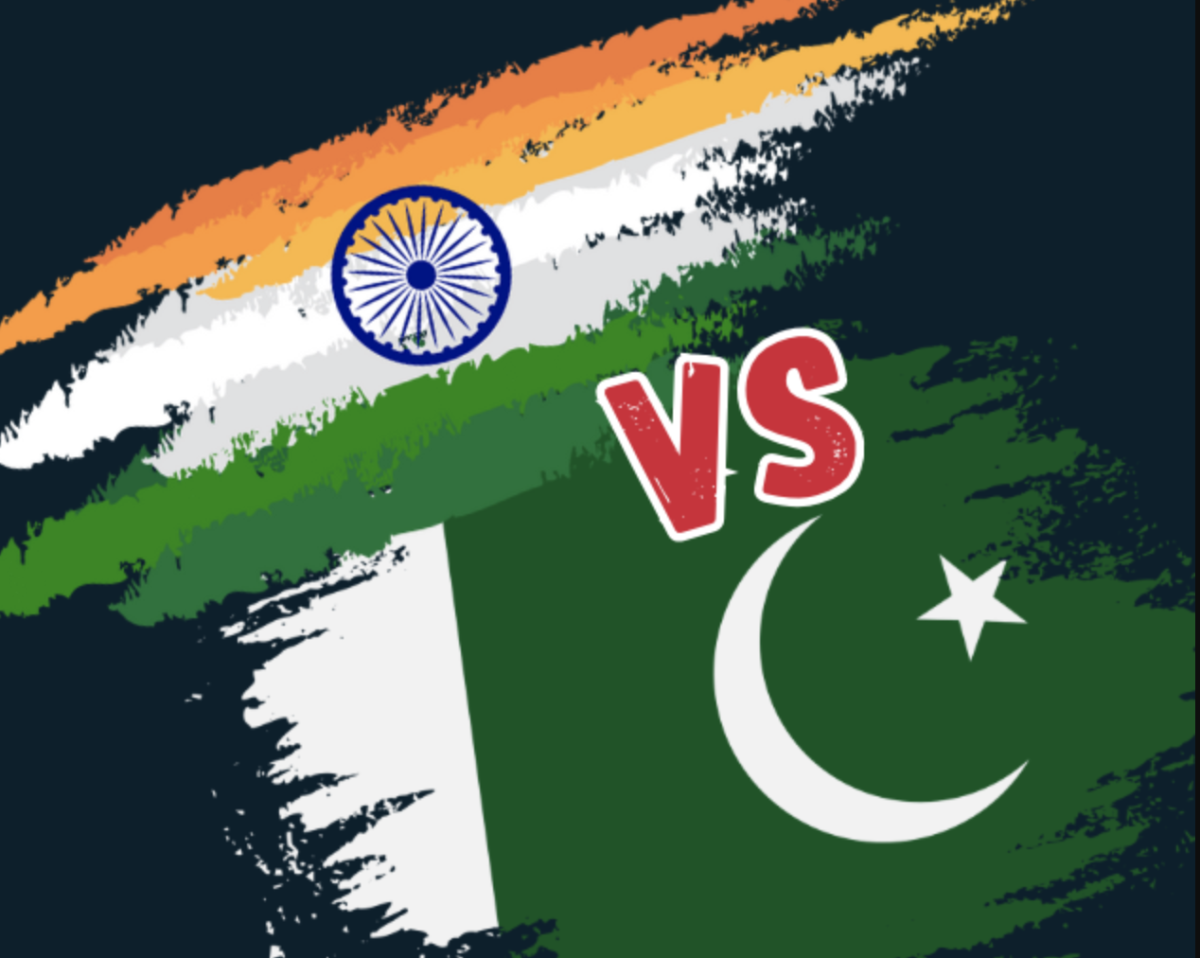An executive meeting between France, West Germany and Britain in July 1967 begin talks about advancing the cooperation in the aviation technology field for Europe. The Airbus A300 milestone deal was settled in 1969 at the Paris Air Show, between French Transport Minister Jean Chamant and German Economics Minister Karl Schiller. The A300 program was launched for the purpose of strengthening European cooperation in the field of aviation technology and thereby promoting economic and technological progress in Europe. The A300 project was headed by Henri Ziegler and technical director Roger Beteille. Franz Josef Strauss, A German politician was given the role of chairman of the supervisory board. Each country had to do their part to make the project a success. France would build the cockpit, wing box and control systems; Germany would build the upper fuselage; and Britain would build the wings. Britain pulled out due to concerns about the project not being very viable on April 10, 1969. Germany and France still wanted Britain to make the wings, so they asked Hawker Siddeley to become a private sub-contractor and gave him £35m to work with. Germany and France’s Ownership in the deal went from third to half because Britain pulled the pin. Later the 50% each became 49.7% as Spain’s CASA took 4.2% of the shares.
The Aircraft was originally planned to seat 300 but the final design was a slight shrink only reaching 270. A major emphasis was put on making sure the plane had the very latest aeronautical technology. The A300 was the first aircraft to use carbon instead of metal, it also had leading-edge vertical stabilisers and a nose cone. On September 3rd, 1970, Air France made the first ever A300 order, 7 A300s in the iconic Air France livery. Shortly after Lufthansa purchased 3 A300s and 4 A300s on hold to be given at an agreed price and date. The maiden flight of the A300 happen at the new Airbus headquarters in Toulouse in the south of France on October 28, 1972. The maiden flight had Max Fischl at the helm and Bernard Ziegler to his right co-piloting. Airbus’s fear of the project failing was so high that they took the plane on a journey around the world landing in multiple different countries including Brazil, America, Spain, Greece, and Southern Africa to sell the A300 to airline companies around the world. After 1,585 hrs of test flying, 1,205 hrs for development and certification and 380 hours for route proving, training, sales and demonstration flying, on the March 15, 1974, the A300 was finally certified to fly in Europe, the FAA approved the A300 only 15 days later. The first ever commercial flight of the A300 was when Air France made two trips from Paris to London.
Korean Air Lines (Koreanair Now) where the first non-European carrier to fly the A300. The A300’s sales slumped, so as soon as soon as Henri Ziegler got a bite on his line from Indian Airlines, Ziegler flew to India and went to Indian Airlines HQ and consulted with them face to face. A300 sales fell to a major low prompting Airbus to take desperate measures. Bernard Lathiere, who took over the head role from Henri Ziegler in 1976, asked a ex-astronaut and CEO of Eastern Airlines, Frank Borman if his company wanted to do a 4 month trial at no cost to the airline. After 4 months, Frank Borman decided the A300 was the perfect airline for Eastern, I used less fuel than the Lockheed L1011 Tristar and the 2-4-2 was a favourite amongst passengers. On April 6, 1978, Eastern Airlines purchased the 4 aircraft already in operation and 19 new A300’s, which made an initial order of 23 A300, with another 11 A300 added to the order later on, making the total 34 A300. With Airbus’s sales up and a bright future ahead for the A300, Britain wanted there piece back again, but German and France insist that a British Airline must by some A300’s before Britain could re-join. A little pioneering Airliner called Laker Airways purchased 10 A300’s to get Britain back in the deal, but Britain only got 20%, leaving German and France with 37.9% each and Spain’s CASA still hold there 4.2% of the deal.
With the Widebody A300 foundation fully established, lots of orders started rolling in the door. Some of the major airlines that ordered A300’s are Philippines, Thai International, Malaysia Airlines, Japan Air System (previously known as Toa Domestic, or TDA), Garuda Indonesia, Trans Australia Airways, Pakistan International and China Air Lines of Taiwan. Soon after that the A300 had its second American Customer, Pan Am. I think they now regret that decision, the decision sent them spiralling downhill into bankruptcy in 1991, Bad Choice Pan Am. An analyst Robert Kugel said ” It’s a big win for Airbus, they will be a major contender to Boeing and McDonnell Douglas.” On the July 8, 1983, the A300-600 was first flown, and the German and French Authorities certified on the March 9, 1984. The first Pratt & Whitney-powered A300-600 were delivered to Saudia and Kuwait Airways, both in June 1984 and the first General Electric-powered A300-600 went to Thai International in September 1985. Then Airbus released a long distance. The Airbus A300 lived on until 2007 when Airbus announced that they would cease production to the mighty A300. Live On The Might A300, The Pioneer of Airbus.
